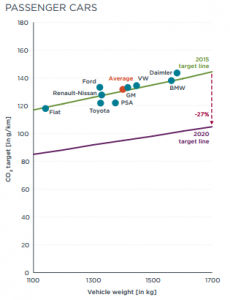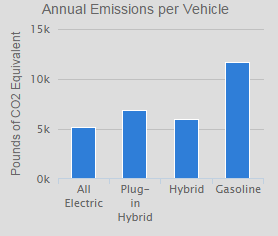The consumption of energy drink is common in all age groups and is significantly increasing. Energy drinks are almost available in all countries in different brands. It is assumed by most people that drinking it, is safe and guarantees its purpose which is giving energy but the health effects are mostly forgotten. The health effects can range from mild to severe or even dead. Even with all the health issues, the energy drink market will increase to about $21 billion in annual sales by the end of 2017.
The health effects of energy drinks are cardiac arrest, headaches, type 2 diabetes, vomiting, high blood pressure, increased anxiety, insomnia, risk behaviour and nervousness. It has been reported in the United States that due to energy drinks there have been 18 deaths, 150 serious injuries and the number of hospital beds doubled, from 2004 to 2012. The health issues of energy drinks are clear but still the consumption of it, keeps increasing and reasons might be that people either ignore the facts or they need to be educated. In the United States, the consumption of energy drinks have always been on a rise and it is expected that from 2014 to 2019 it will increase up to 52%, which is an enormous amount.
Image source: Market Realist
Internationally, energy drink market has raised by 15% and will continue to increase. Surprisingly, the largest consumer is Latin America and interesting North America is the second lowest.
The customers of energy drinks are almost everyone ranging from teenagers, adults and maybe even kids. Also, it is consumed by male and female. It is found that 66% of energy drink consumption are by people ages 13 to 35. But it is considered that males consume it more than females. In a study by Nowak and Jasionowski, they had 1481 female and 1148 male participants from which they concluded that males usage of energy drinks are higher than females. It was found that 60.8% females and 74.5% males, consumed energy drinks. An interesting fact found in the study was that about 21% of teenagers took energy drink for no specific reason whereas it is mostly taken for the reasons of tiredness, physical activity or caffeine consumption.
One sad story related to energy drinks was in the case Lanna Hemann, a 16-year old who died from consuming the drink while being on vacation without her parents. To make the long story short, she consumed an energy drink from which she went into cardiac arrest and passed away.
In conclusion, the consumption of energy drinks is related to many health issues which may result in even death. With the increase in energy drink market, it possesses a risk to everyone but especially young people because they might not be aware of the health effects. Therefore, avoiding energy drinks completely is the best way to live a healthier life.

source: National Science Teachers Association
March 14th, 2016
Hamed Hussaini







